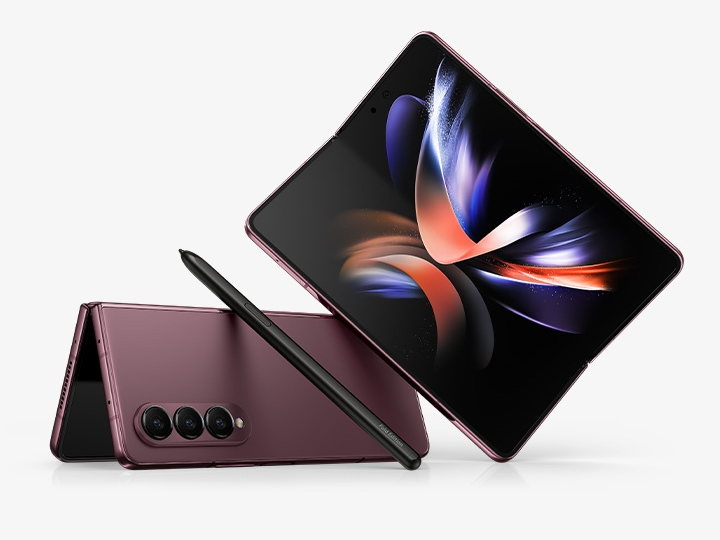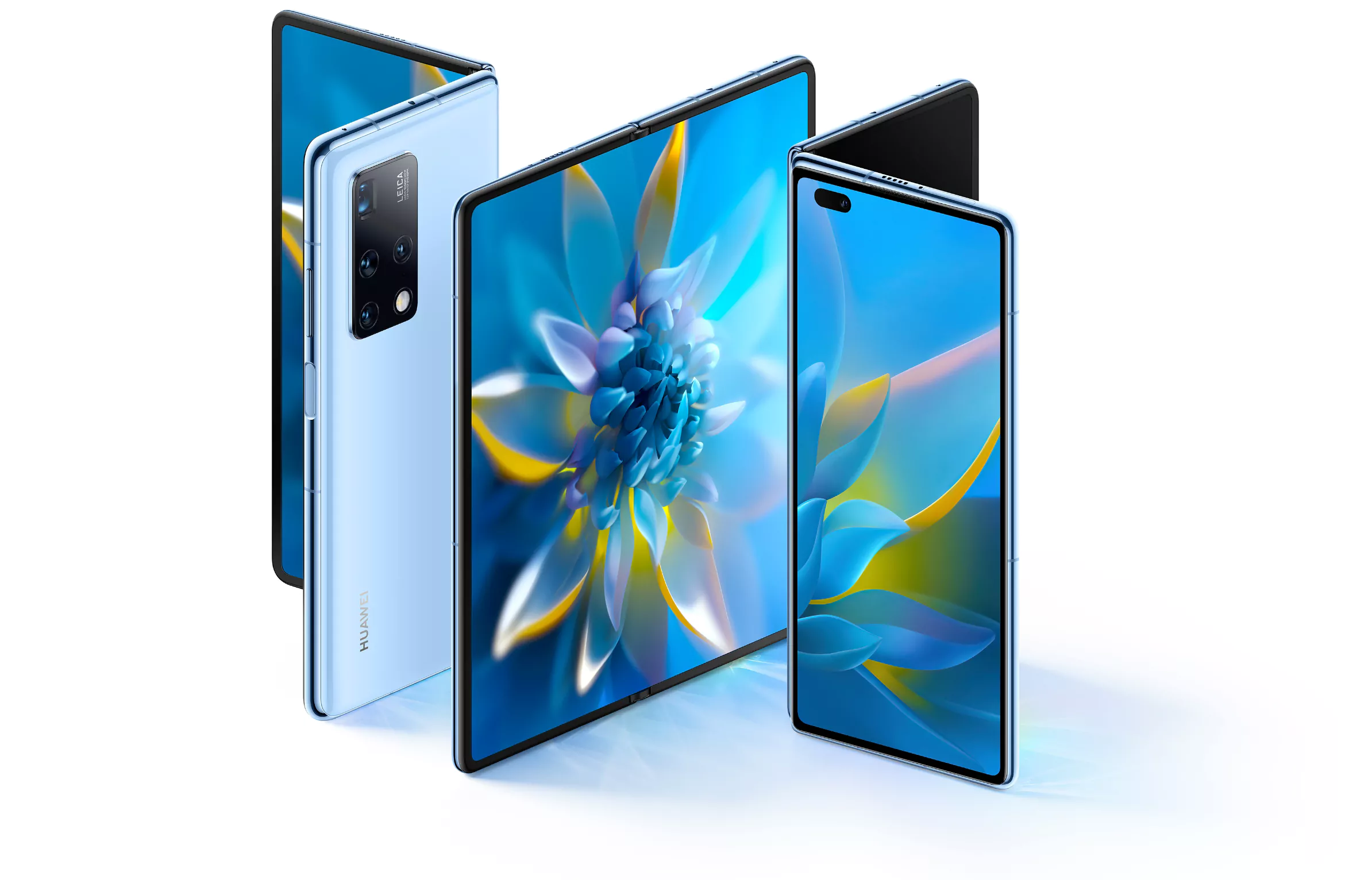Foldable smartphones have generated a lot of buzz in recent years, as major manufacturers like Samsung, Huawei, and Motorola have introduced innovative devices that challenge the traditional smartphone form factor. These cutting-edge gadgets promise to revolutionize the way we interact with our mobile devices, offering greater versatility, improved multitasking capabilities, and exciting new possibilities for app developers. In this article, we will take a closer look at the latest foldable smartphones on the market, comparing their features, benefits, and drawbacks, and explore the potential future applications of foldable devices and their impact on the mobile industry.
The Evolution of Foldable Smartphone Technology
The concept of foldable smartphones can be traced back to the early days of mobile phones when flip phones, like the iconic Motorola Razr, dominated the market. However, modern foldable smartphones are a far cry from their predecessors, boasting flexible OLED displays, advanced hinge mechanisms, and robust materials that allow the devices to be folded and unfolded thousands of times without damage.

The Latest Foldable Smartphones: A Feature Comparison
 Samsung Galaxy Z Fold3
Samsung Galaxy Z Fold3
The Samsung Galaxy Z Fold3 is one of the most advanced foldable smartphones on the market, featuring a 7.6-inch main display and a 6.2-inch cover display. The device is powered by Qualcomm's Snapdragon 888 chipset, has up to 12GB of RAM, and supports the S Pen, making it a versatile option for productivity and entertainment.
Pros:
- Large, high-resolution main display
- Improved durability with Gorilla Glass Victus and water resistance
- S Pen support
Cons:
- Expensive
- Bulky when folded
- Cover display aspect ratio can make some apps difficult to use
 Huawei Mate X2
Huawei Mate X2
The Huawei Mate X2 features an 8-inch main display and a 6.45-inch external display, with an innovative design that folds the main display inward, protecting it from scratches and damage when not in use. The device is powered by Huawei's Kirin 9000 chipset and offers up to 512GB of storage.
Pros:
- Large, immersive main display
- Inward-folding design for added protection
- High-quality cameras
Cons:
- Expensive
- Limited app ecosystem due to the lack of Google Play Services
- Heavier than some competitors
-

Motorola Razr 5G
The Motorola Razr 5G pays homage to the classic Razr flip phone, featuring a 6.2-inch foldable OLED display and a 2.7-inch external display. The device is powered by Qualcomm's Snapdragon 765G chipset and has a unique hinge mechanism that minimizes the appearance of a crease on the main display.
Pros:
- Compact and stylish design
- Innovative hinge mechanism
- Lower price compared to other foldable smartphones
Cons:
- Mid-range performance
- Limited battery life
- Smaller main display
The Future Potential of Foldable Smartphones
The foldable smartphone market is still in its infancy, but the technology holds great promise for the future of mobile devices. Here are some potential developments and applications for foldable smartphones:
- Improved durability and affordability: As foldable smartphone technology matures, we can expect to see advances in materials and manufacturing processes that will make these devices more durable and affordable for a wider range of consumers. This could lead to increased adoption and drive further innovation in the space.

- Diverse form factors and designs: Foldable smartphones currently come in a few different form factors, such as book-style and clamshell designs. In the future, we may see even more diverse and creative designs that cater to different user preferences and use cases, potentially including tri-fold or rollable displays.

- Enhanced multitasking capabilities: Foldable smartphones offer unique opportunities for multitasking, as their larger displays can be divided into multiple, resizable app windows. As app developers continue to optimize their software for foldable devices, we can expect even more seamless and intuitive multitasking experiences.

- Integration with other devices and technologies: Foldable smartphones could potentially be integrated with other devices, such as laptops, tablets, or wearables, to provide even more versatile and powerful computing experiences. For example, a foldable smartphone could function as both a phone and a tablet or even replace the need for a separate laptop in some scenarios.
- New opportunities for content creators and app developers: Foldable smartphones open up new possibilities for content creators and app developers, as they must design their software to adapt to different display sizes and orientations. This could lead to innovative new apps and experiences tailored specifically for foldable devices, further driving consumer interest in the technology.
Foldable smartphones represent an exciting new frontier in mobile technology, offering a glimpse into the future of mobile devices. While there are still challenges to overcome, such as durability concerns and high price points, the potential applications and benefits of foldable smartphones are undeniable. As the technology continues to evolve and mature, we can look forward to even more innovative designs, improved user experiences, and new opportunities in the world of mobile devices.